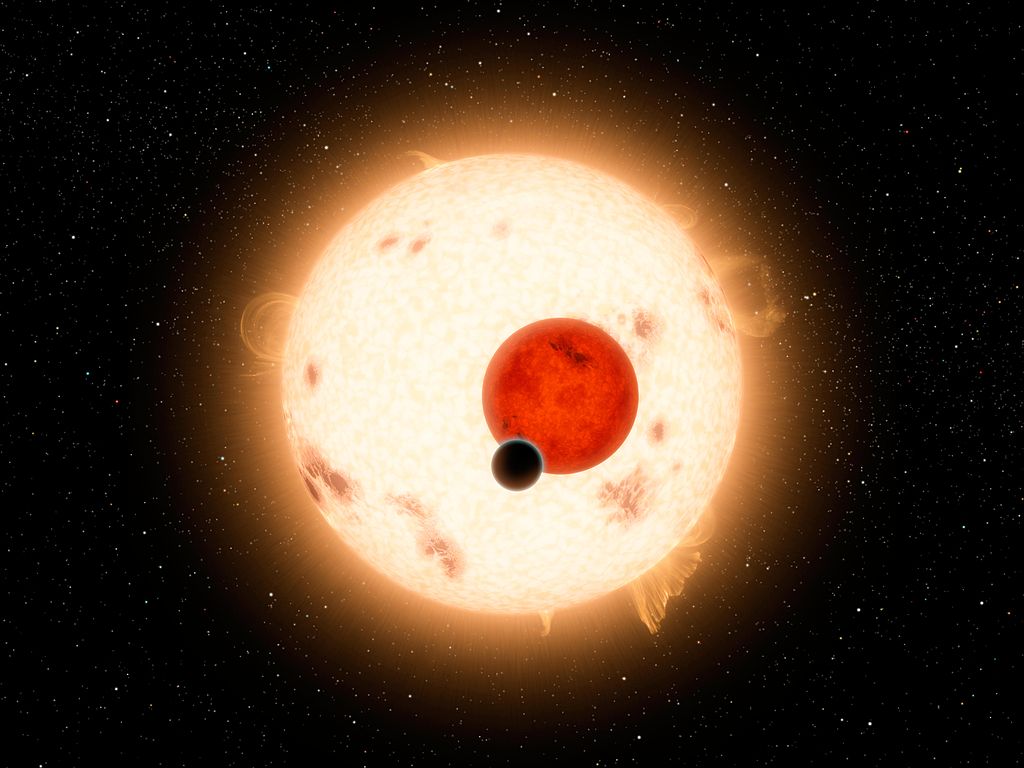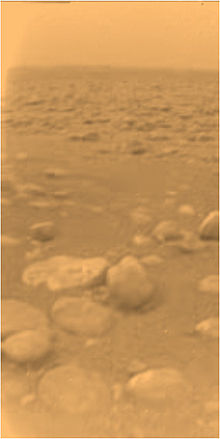geckzilla wrote:madtom1999 wrote:A quick blast on a ray tracer will show Mr Russel to be largely correct.
A quick blast on a ray tracer shows that arguing about one little detail being wrong in this illustration is completely silly. Both shadows take on the color of the sky, whatever that may be. The dwarf's shadow is negligible and barely noticeable. Richard Russell et al. are correct in one sense, but the illustration is so "wrong" that nitpicking this one detail over all the other "wrong" parts would seem to miss the forest for the leaf on one tree.
Thanks for the illustration, Geck! That's really clarifying. There wouldn't be two obvious sets of shadows, just one, because the brightness difference would be too great for the smaller star to make much of an impact. I agree, too, that both stars might look whitish. Both would be too bright to stare at directly, of course. But also the color difference between the two stars wouldn't be overwhelming in the first place, and also the light from the whiter K star might actually reflect on the photosphere of the M star, thereby diluting its color.
So, Geck, imagine a planet orbiting Algol. There is an immediate problem here, because Algol A is a B8-type star, very much brighter than the Sun and, compared with our own star, terribly ultraviolet. Life could not exist on a planet orbiting Algol at one A.U. Let's forget about that little detail and pretend that a planet orbiting Algol at one A.U. would be a fine vacationing spot for future spacefaring humans.
What would these humans see? According to
Jim Kaler, Algol consists of a primary B8-type star about 95 times brighter than the Sun in optical light, and a shrunken class K giant 4.5 times brighter than the Sun. That would make the bluish primary about 20 times brighter than the yellowish secondary. Also the stars are very close together, separated by only 0.05 A.U. Would Algol B be bright enough and sufficiently well separated from the primary to cast its own shadow on the ground of a planet orbiting at 1 A.U. from the stellar pair? In other words, would objects on the planet cast two obvious shadows on the ground?
Ann
 Where Your Shadow Has Company
Where Your Shadow Has Company

